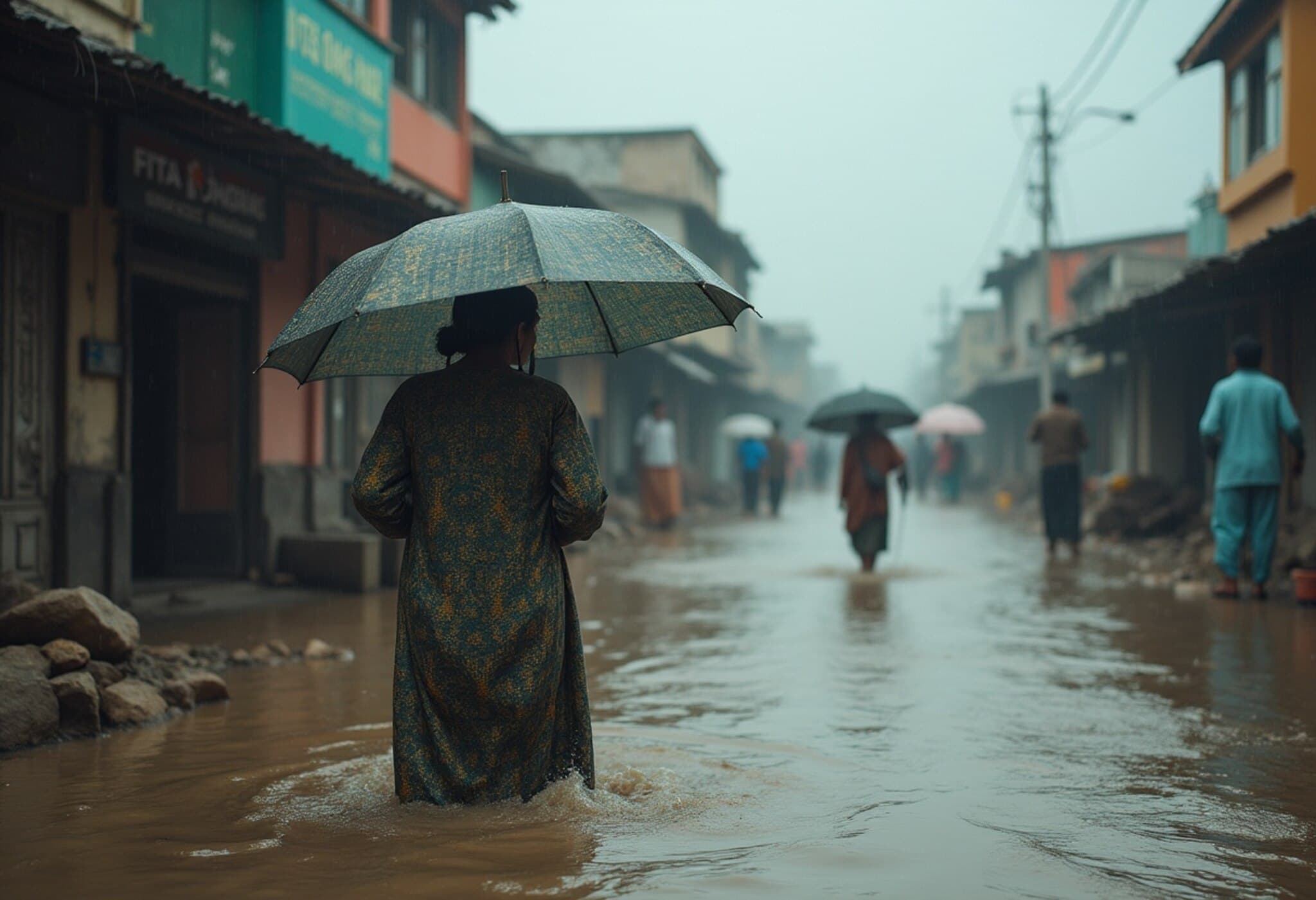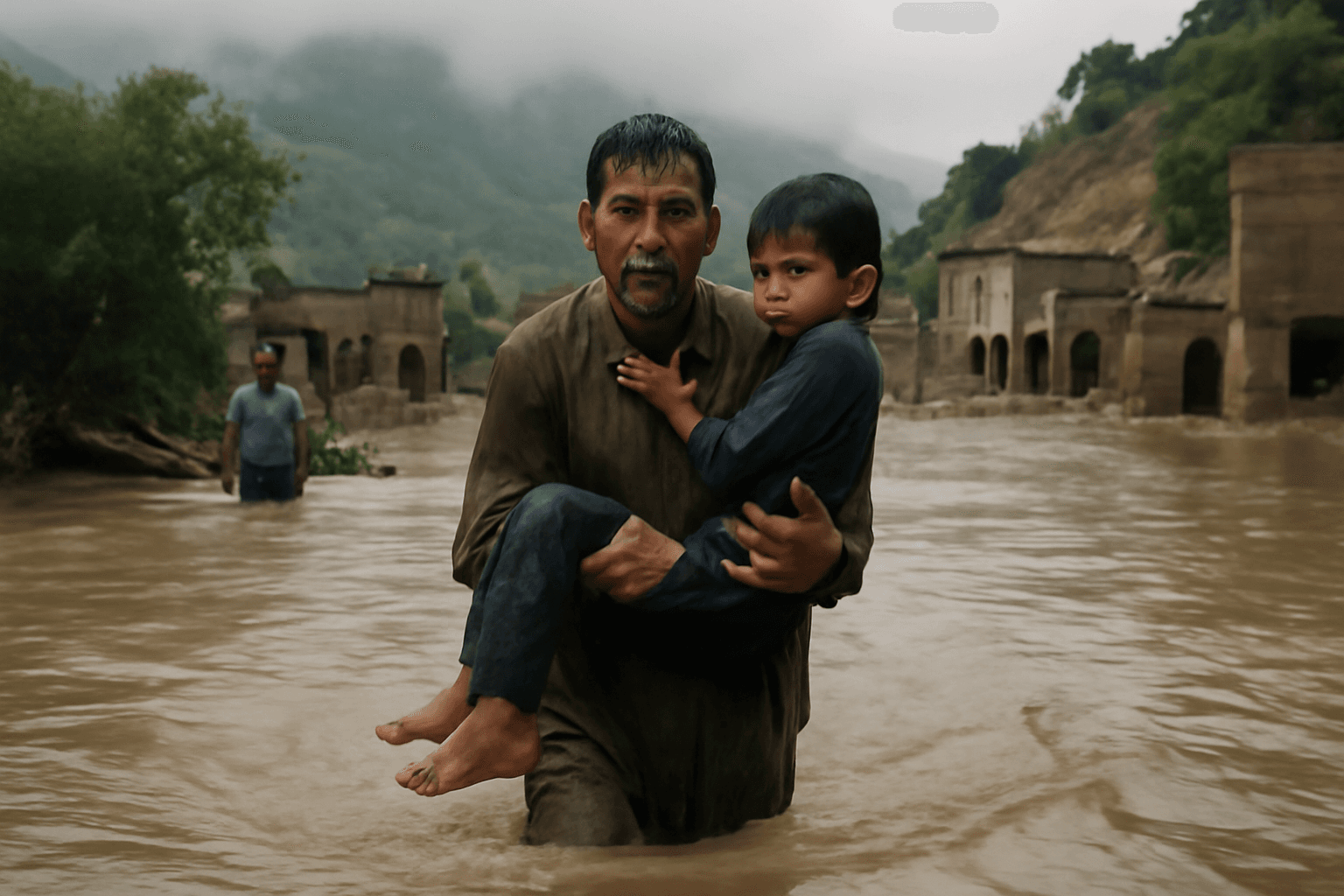June 2025: A Global Heatwave Impacting Over 800 Million People
This June marked a troubling milestone in global climate patterns, with temperatures shattering records across a dozen countries stretching from East Asia to Europe and Africa. Data released by the European Union’s Copernicus Climate Change Service and reported by AFP highlight the month as the hottest June ever recorded in these regions, affecting nearly 800 million people.
Europe Scorched by Relentless Heatwaves
Europe experienced an intense late June heatwave that baked western and southern nations alike. Cities unaccustomed to such severe heat—like Paris, Brussels, and Amsterdam—recorded scorching temperatures well above seasonal norms. Notably, approximately 15 countries including Switzerland, Italy, and all Balkan states recorded temperatures averaging 3°C above the 1981–2010 June baseline.
Spain, Bosnia, and Montenegro reported their warmest June ever, underscoring the deepening climate crisis in a historically temperate region.
Expert Insight: Europe’s Heatwaves and Socioeconomic Risks
Experts warn these unprecedented heat spikes threaten public health, strain infrastructure, and jeopardize agriculture. As Europe’s urban centers grapples with rising temperatures, vulnerable populations face increased risks of heatstroke and related illnesses, urging policymakers to reinforce heat mitigation strategies urgently.
Asia’s Record-Breaking Heat: From Japan to Central Asia
Japan endured its hottest June since weather records began in 1898, with at least 14 cities setting new highs. Additionally, coastal sea temperatures rose 1.2°C above average, matching peaks recorded in June 2024 and signaling ongoing ocean warming trends harmful to marine ecosystems.
Japan’s warming climate is notably influencing natural patterns, including cherry tree bloom cycles, causing earlier or incomplete blossoming—a vivid example of climate change’s biological impact.
Meanwhile, the Korean Peninsula saw its warmest June on record, with both South and North Korea experiencing temperatures approximately 2°C above average. In China, extreme heat was widespread, as more than 100 meteorological stations reported their hottest June day ever, with some surpassing 40°C.
Central Asia’s sweltering temperatures extended to Pakistan and Tajikistan, which recorded their highest June temperatures ever. This heatwave follows a record-breaking spring (April–June) sweeping across Pakistan, Tajikistan, Iran, Afghanistan, Uzbekistan, and Kyrgyzstan, intensifying concerns over water scarcity and agricultural viability in these vulnerable areas.
Contextual Analysis: Heat’s Impact on Asia’s Socioeconomic Fabric
Rising temperatures in Asia compound longstanding challenges, including resource competition and food security stresses. For example, Pakistan’s dense population faces growing heat-related health threats amidst already fragile infrastructure. Regional policymakers must consider adaptive strategies that include improved heatwave early warnings and investment in climate-resilient agriculture.
Africa Grapples with Enduring Heat, Threatening Millions
Africa’s heat narrative in June 2025 remained grim, with Nigeria equaling record temperature highs previously set in 2024. Given Nigeria’s status as the continent’s most populous country with over 230 million people, such heat extremes have vast human and economic implications.
Central and Eastern African countries, including the Central African Republic, South Sudan, Cameroon, Democratic Republic of Congo, and Ethiopia, experienced their second hottest June on record, trailing only behind last year’s unprecedented highs.
Underreported Challenges: Heat and Humanitarian Concerns in Africa
Beyond the immediate discomfort of heat, the persistent high temperatures amplify risks of drought, crop failures, and water shortages, jeopardizing food security and livelihoods. Many African regions lack the infrastructure to adequately respond, making heatwaves a potential catalyst for intensified humanitarian crises.
What This Means for Global Climate Action
These record-breaking temperatures across multiple continents underscore the unrelenting progression of climate change. They remind us that extreme heat events are no longer isolated incidents but part of a broader pattern demanding global cooperation and urgent emissions reductions.
Experts emphasize that adapting to these realities requires not only technological innovation and infrastructure investments but also equitable policies that prioritize vulnerable populations disproportionately affected by climate change.
Editor’s Note
The unprecedented June heatwave spanning from Japan through Europe to Africa serves as a stark reminder of the accelerating pace at which our planet is warming. Beyond the numbers and records lie profound human stories—families enduring heatwaves, farmers facing unpredictable seasons, and communities striving to adapt. As we digest these alarming trends, readers are encouraged to reflect on:
- How prepared local and national agencies are for increasingly frequent extreme heat events?
- What economic and social disparities amplify vulnerability to climate stress?
- The role global cooperation and policy plays in mitigating further warming while protecting the most affected?
Understanding these complex challenges is essential as the conversation around climate resilience becomes more urgent than ever.



















